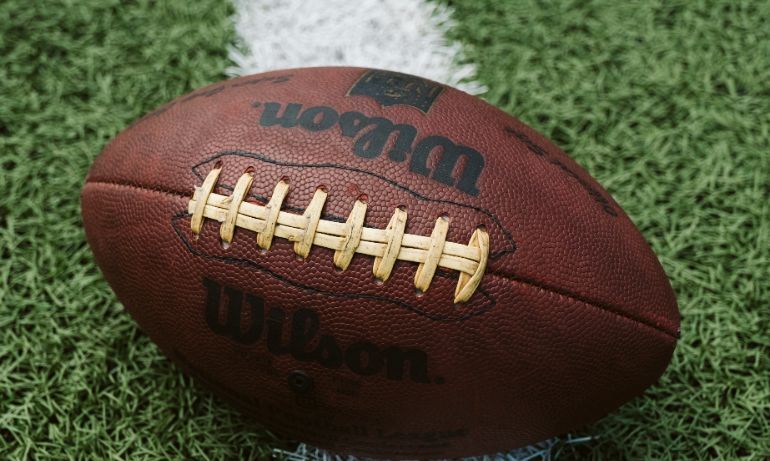So it’s time for another blog entry from me and this time on a subject which really is of interest not only to me but most companies across the world; Big Data.
So what is Big Data? Big Data is defined in the Oxford Dictionary as “extremely large data sets that may be analysed computationally to reveal patterns, trends, and associations, especially relating to human behaviour and interactions”. It can be applied to anything from Formula 1 to International Rugby.
In recent time, athletes and their data providers have come up with a variety of ways to monitor and collect ever-growing volumes of data. Various cameras, sensors and wearable devices record every aspect of an athlete’s performance and with this collection, coaches and athletes are now using this data to dictate everything from training levels to diet in the chase for better performance. Sport has always been about stats; reaction times, personal bests, distance jumped etc. however now, big data can use this information to change an athlete’s behaviour & training regimes to change their results.
Throughout the world, sporting teams are investing millions in the development of their own tailor made analytics to make better use of the data they are now collecting. In premier league football, various monitors and sensors are now being used in order to track every player and their interactions, whether the strap-on sensors under their training tops measuring heart rate changes whilst sprinting, GPS devices showing distances run to sprints completed etc. In an article for Forbes.com, Bernard Marr (Big Data Expert) mentioned how one particular system by sports analytics provider Prozone “collects 10 data points per second for every player, or 1.4 million data points per game. Similar systems are also used to monitor 12,000 football matches around the world, which are all analysed using automated algorithms as well as manual coding of every athlete interaction in order to increase the accuracy and value of the analysis”.
Combined with this, wearable devices are also on the rise and are used to track performance even more closely. In Basketball or Rugby for example, injury levels have been hugely reduced in the professional game due to wearable sensors that monitor the intensity of activity and various collisions involved in sport, and then go on to compare this to historical data to determine when a player might be in danger of overexerting or injuring themselves. Teams in many sports have found that the cost of implementing big data can quickly be recovered if they save the team having to pay for expensive players to sit out a season with injuries.
But do the athletes find it useful? Here is what 23 time winner of the TT, John McGuiness had to say following a test with Dell EMC’s Data Scientists;
“I’d like to see more of big data in racing, it can show people where they are getting fatigued and making mistakes. It can refine riders, make them better, make them safer and of course make them faster. It’s exciting stuff.”
For businesses however, drawing new ideas and insights from Big Data can help them stay more clued into customer bases, provided they can hone in on customer wants and needs.
Overall, it is clear that Big Data use is still very much in its infancy yet has huge potential application for both sporting and business purposes alike.
